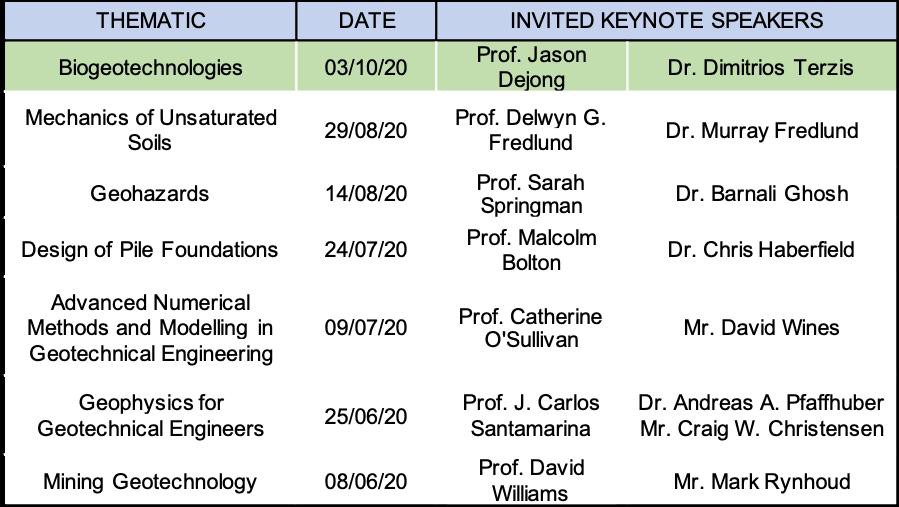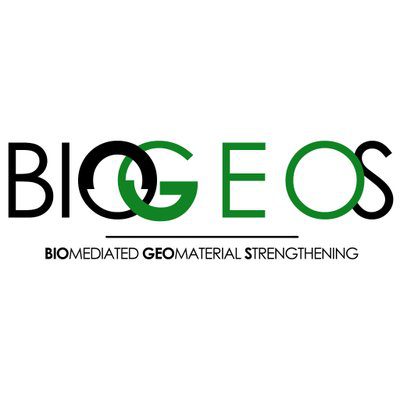Dr. Dimitrios Terzis is invited to deliver a keynote lecture in the upcoming instalment of the AGE-RP series (Advancements in Geotechnical Engineering from Research to Practice) taking place on October 3rd 2020.
The Advancements in Geotechnical Engineering from Research to Practice lecture series is aimed at coupling the learnings from academia and industry on several key topics in the discipline of Geotechnical Engineering. From its inception as an academic subject, Geotechnical Engineering education has drawn inspiration from the experience of the practicing engineers and has developed further pivoted on the outputs of the cutting-edge research performed at academic institutions. Derived from elements borrowed from geology, soil science, agronomy, and engineering, it is now considered as a specialized subject. However, it continues to push the boundaries on the fronts of several emerging topics such as geoengineering implications of bio-mediated soil processes, mechanics of unsaturated soils, computational geomechanics, usage of artificial intelligence techniques, non-invasive geomaterial characterization, etc. From a scholastic perspective, there has been notable advancement in the theoretical aspects of Geotechnical Engineering. Nonetheless, practitioners tend to rely on transferable technologies, and follow established developments that are best suited to the field applications. The discipline has rightly been described as a Scientific Art, where a strong linkage between research and practice is imperative for its further advancement. It is envisaged that, with growing concerns on depletion of natural resources, environmental degradation and in overall sustainable development, Geotechnical Engineering is going to play a crucial role as an interface between the humanity and mother earth.
The mode of delivery of the lectures is online to ensure a better reach. The lectures are free to attend, but registration is mandatory through the attached link.
A summary of past and upcoming conferences is available in the attached table.

Source: Soil Mechanics Laboratory

